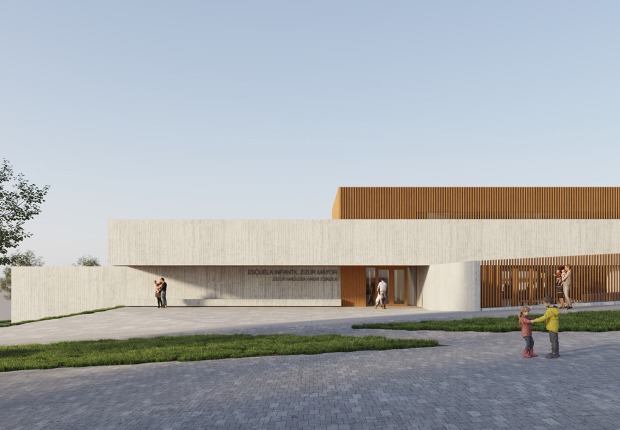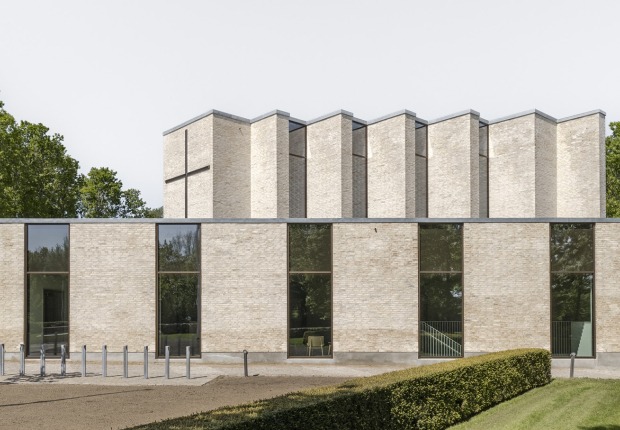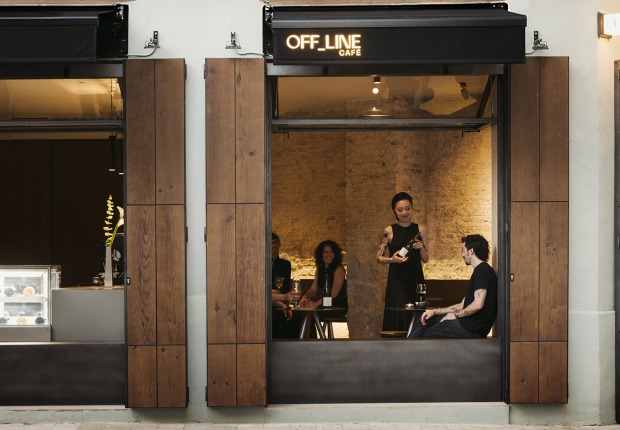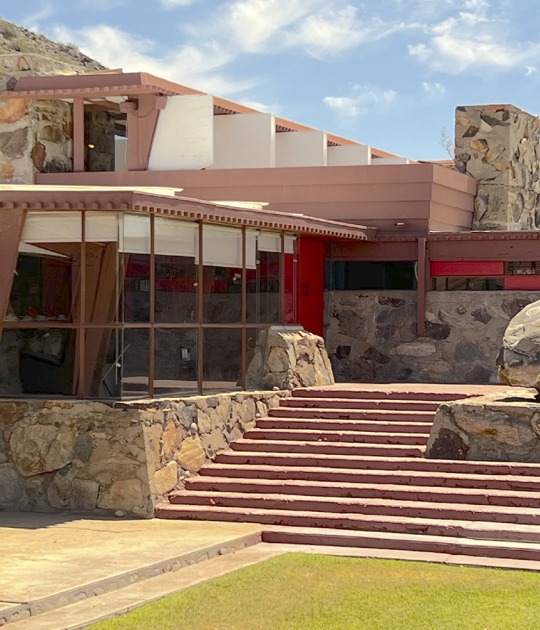The conversion adopts and accentuates the existing architectural vocabulary. So that the diligently restored band facade must not be darkened for exhibitions, repetitive bays with natural daylight will be developed on the upper levels. The walls installed in the exhibition spaces do not connect to the structural beams so as to maintain the spatial ambience. A new centrally located stair-ramp construction connects all exhibition levels.
The building was brilliantly restored by Auer Weber Architekten in collaboration with Knerer und Lang Architekten, whereas Atelier Brückner was in charge of the museum's exhibition planning.
Description of project by Auer Weber Architekten, Knerer und Lang Architekten
The reconstruction of the Schocken department store in Chemnitz and its conversion into an archaeological museum is based on the requirements of a modern museum and exhibition industry. This goes along with the willingness to reinforce Erich Mendelsohn's original architectural features.
The large exhibition areas span between the radial lines of a circular arc which has in its centre the main circulation element formed by a stair-ramp. The exhibition walls with built-in cabinets and projection surface obliquely converge on this ramp and disconnect the exhibition space from the adjoining rooms designed for special public uses. The exhibition walls are easy to assemble and completely independent from the structural grid.
On the facade, Mendelsohn's original effect of a cantilevered space with no visible pillars is maintained. It is for public experience and can be used for educational purposes with daylight needed. The delicate original fully glazed facade literally becomes a museum showcase, together with the foyer exhibits.







































![10 Architecture Studios Led by women [XII] 10 Architecture Studios Led by women [XII]](/sites/default/files/styles/mopis_home_news_category_slider_desktop/public/2025-03/metalocus_10-arquitectas-xi_01b.jpg?h=3b4e7bc7&itok=KFjWtS5J)










